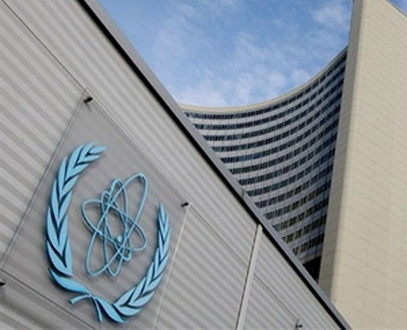Silhouettes of New IAEA Report on Iran

The latest IAEA report on Iran covers different aspects of Iran’s nuclear activities including uranium enrichment, assembly of new centrifuges, continuation of the work of the heavy water production unit, construction of the heavy water reactor in Arak, the Bushehr plant's activities and the issue of not granting permission to visit the Parchin military site. This report's framework is not much different from that of previous IAEA reports. New subjects include the installation of 644 new centrifuges in Fordow which have not yet been injected with uranium hexafluoride. There are 2784 IR-1 centrifuges in this site. While enrichment of up to 5 percent uranium exists in Natanz, enrichment of up to 20 percent is also done in Fordow. For the IAEA, the number of centrifuges used in the enrichment of up to 20 percent is not unknown. The transfer of fuels for the Bushehr plant to used fuel pools and the partial use of 20 percent enriched uranium in the Amirabad reactor are also newly mentioned in the report. Not granting permission to visit Parchin and the consequent undermining of verification by the IAEA in this respect are not new, but the reference to the undermining of verification over time is relatively new.
This report, which was issued right after the US presidential election and following the tangible influence of sanctions on the daily life of people and before the critical negotiations between Iran and the P5+1 start, can be important. Therefore, the positive and negative aspects of this report which will be referred to by negotiating countries will become important. If we set aside the repeated, but at the same time important, issues of the report, the peaceful usage of a part of the 20% enriched uranium in the Amirabad research reactor would remove one of the significant cases of suspicion with regard to Iran's dubious activities. The reason is that using the reactor fuel to build a nuclear bomb would, practically, become very difficult. The report of transferring fuel from the Bushehr plant to used fuel pools is also a common technical issue in all plants of this kind. Although no explanation has been given for the transfer of fuel to the pools, the geometric arrangement of the fuel rods in the heart of the reactor changes every year, usually based on the amount of the plant’s used fuel. In these transfers, less burnt rods are brought close to the heart of the reactor, and on the contrary, more used rods are placed further so that all of the fuel rods would be equally used. Therefore, it does not seem that this section of the IAEA report is significant.
With regard to the so-called dubious activities at the Parchin military site, it must be said that if these activities were nuclear, their residues could not have been easily removed, because the residues of even very small amounts of nuclear material can be traced on the leaves of trees, buildings, vehicles, and many other matters that can attract them, with the help of sensitive tools. It seems that the repetition of this issue in recent IAEA reports does not indicate the testing of nuclear explosions. Therefore, testing of non-nuclear explosions does not have a direct connection with the supervising obligation of the IAEA, thus, Iran's resistance against visits to the military facilities can be a legitimate and defendable resistance. It is obvious that serious loopholes can be found in each one of these cases, but in the end, confidence-building measures must be taken before discussing details so that the most challenging nuclear dossier of any IAEA member can be solved. Considering the commitment of the US President after his re-election and his preference to politically solve Iran's nuclear issue and also the reduction of Israel's direct threats to attack Iran's nuclear facilities, an unprecedented situation is provided for an optimistic solution to Iran's nuclear challenge.

